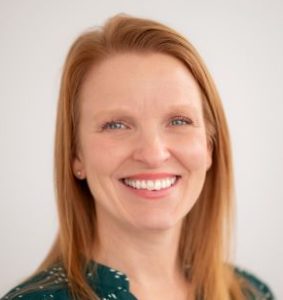
Remember that jerk Martin Shkreli, Pharma Bro-turned-felon, who in 2015 became the face of healthcare villains everywhere when he bought the rights to an antiparasitic drug and instantly raised the price from $13.50 to $750 per pill?
He’s not someone most of us would want to keep company with, not least because he’s serving a seven-year prison sentence for lying to investors about the performance of two hedge funds.
Yet, nursing homes found themselves lumped in with that crook in this year’s Top 10 ranking of “the worst examples of profiteering and dysfunction in healthcare.” The Lown Institute named its four-year-old “awards” program after Shkreli.
In the 2020 batch, announced earlier this year, nursing homes found themselves at No. 4 for failing “to protect vulnerable Americans from COVID-19,” according to an article in July’s National Geographic.
Ouch.
At first, I thought the inclusion was patently unfair. After all, the No. 1 offender for 2020 is the federal government, for its botched efforts to stock and distribute the very personal protective equipment that could have saved countless lives in nursing homes and other healthcare settings.
The novelty of COVID itself should also bear much of the blame here. In the early days and weeks, no one knew just how the virus was spreading or how best to prevent it.
There was plenty of finger-pointing to go around, with decisions being made at the federal, state and local government levels that led to decisions we only learned in hindsight worsened the odds for many nursing home residents.
In supporting nursing homes’ inclusion on the list, judge Andrew Goldstein, a primary care doctor and activist with Progressive Doctors, essentially undermines himself with this reflection:
“When we as a society neglect people living with disabilities and our elders, we enable profiteers and government leaders to sacrifice them. This was pure laziness and immorality.”
Just who was being lazy and immoral here? I’d in no way argue it was nursing home workers, who were faced with impossible decisions, work days that never ended and a year-plus of traumatic efforts to sustain life and lift spirits.
Plenty of nursing home leaders and their employees made the best decisions they could, following the rules they were given and the limited resources they had.
It wasn’t pretty. It wasn’t easy. And, for most, there was no profit to be made.
With thousands of workers sacrificing so much — even their lives — any dysfunction was the result of systemic breakdowns and a society that places very little value on seniors’ care (or the cost to ensure it is high-quality by funding adequate staffing).
And yet, it’s this comment from Lown judge Gary Schwitzer, publisher of HealthNewsReview.org and adjunct associate professor at University of Minnesota School of Public Health, that gets at the unavoidable crux of the matter:
“How will families who lost loved ones in nursing homes ever be able to forget this ugly chapter of 2020?” he asked.
My hope is that, unlike the Lown Institute, those families and potential new residents will judge individual skilled nursing facilities by the work they do and the employees who carry out that work.
Still, one good thing could come from nursing homes’ inclusion on this ignominious list. Between the bad-guy label and ongoing public criticism, maybe Americans will finally start to understand the depths of the systemic dysfunction in caring for our seniors. It’s time to give them — and their caregivers — the kind of attention they deserve.
Kimberly Marselas is senior editor of McKnight’s Long-Term Care News.
The opinions expressed in McKnight’s Long-Term Care News columns are not necessarily those of McKnight’s.




